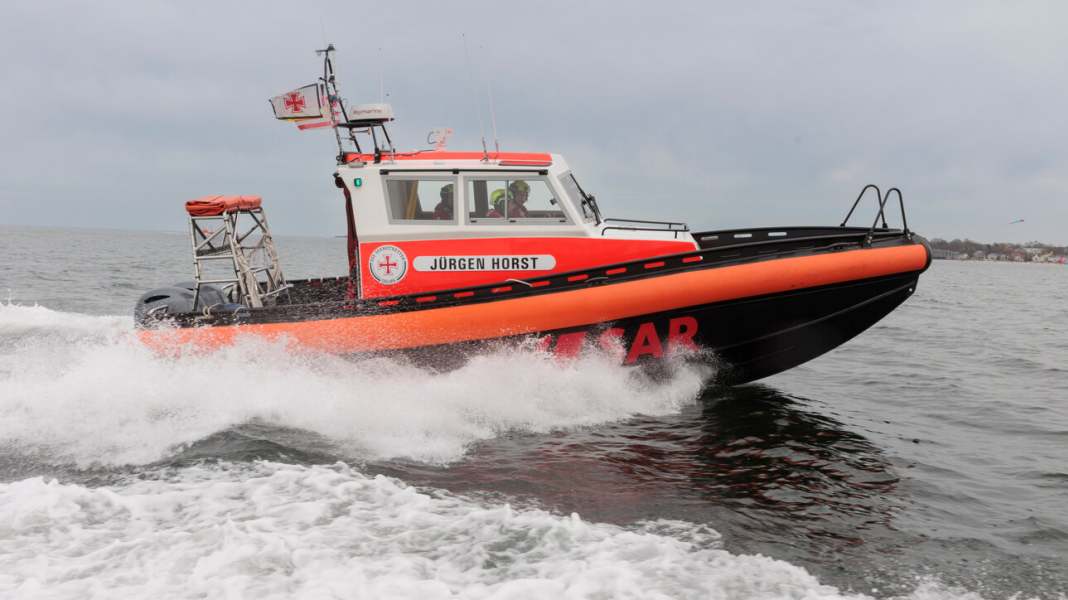Sailor rescued from the Baltic Sea: Hypothermia is particularly treacherous in spring
Lars Bolle
· 31.03.2025

On Saturday, 29 March, at around 3 p.m., the crew of the Dutch cargo ship "Warber" discovered a sailing dinghy drifting keel-up about 250 metres off the Laboe Naval Monument. This was reported by the German Maritime Search and Rescue Service (DGzRS). As the cargo ship was unable to help due to its draught, the DGzRS Maritime Rescue Coordination Centre (MRCC) Bremen alerted the rescue boat "Jürgen Horst", which is stationed in Schilksee. The volunteer crew was on a patrol and was on site within six minutes with its 38-knot unit.
Rapid rescue in critical conditions
The sea rescuers rescued the man from the Baltic Sea, which was only six degrees centigrade. An initial medical examination revealed a body temperature of just 34.7 degrees. The crew of the "Jürgen Horst" brought the hypothermic sailor to Laboe, where they handed him over to the shore rescue service, which had been requested in the meantime. At the time of the operation, the wind was blowing at three to four Beaufort.
The incident once again emphasises the dangers posed by the still very cold water, especially in spring. Last week, for example A sailor dies in an accident off the coast of Wismar.
Phases of hypothermia and their effects
After falling into cold water, the body goes through several critical phases. The first phase is the cold shock reaction, in which the greatest danger is inhaling water and drowning. This phase only lasts for a short time, between one and three minutes.
After about ten minutes in cold water, so-called swimming failure sets in. The cold impairs nerve and muscle function to such an extent that the person can no longer stay afloat under their own steam. The third phase, actual hypothermia, begins after about 30 minutes, depending on the water temperature and physical condition. If the core body temperature falls below 35 degrees, experts speak of hypothermia.
Correct action in case of hypothermia
If a hypothermic person is rescued, quick but cautious action is required. The first step is to make an emergency call. The next step is to assess the condition of the rescued person. If the person is still responsive and shivering, they are in the first phase of hypothermia.
Wet clothing should be removed below deck and the patient dried off. It is important not to rub, but to dab carefully. The so-called hypothermia wrap is used to warm the patient: a warm blanket is placed over the patient, covered with a rescue sheet and other blankets or a sleeping bag. Constant contact is important to keep the stress level high and prevent circulatory collapse. We have summarised all the measures in detail in this article.
Prevention and equipment
The case illustrates the importance of good preparation and the right equipment. A safety line and stretch ropes can prevent falling overboard. At low water temperatures, a Faint-proof lifejacket life-saving. An immediately operational bathing ladder or Special mountain systems can be decisive in an emergency.
